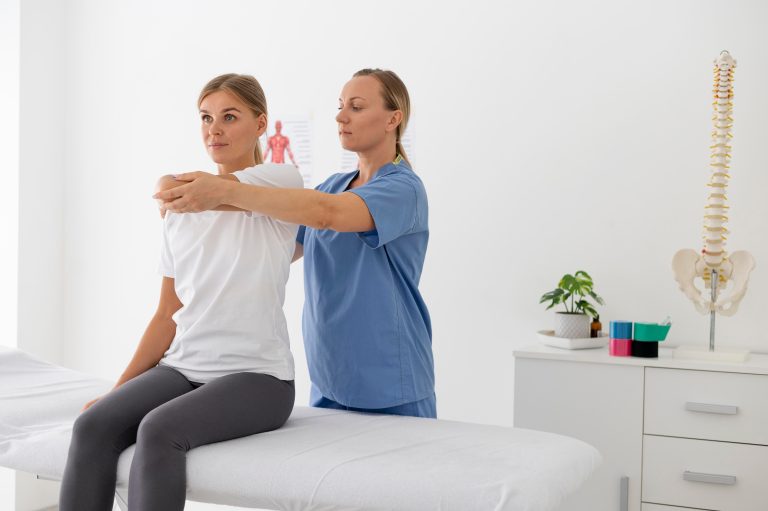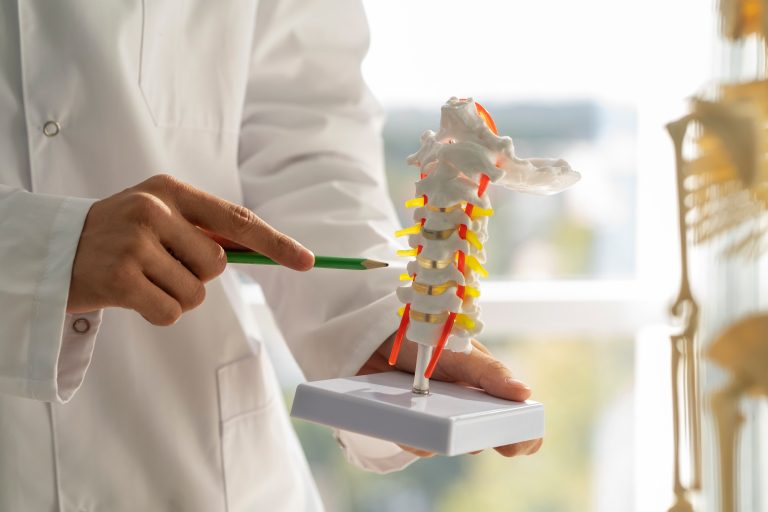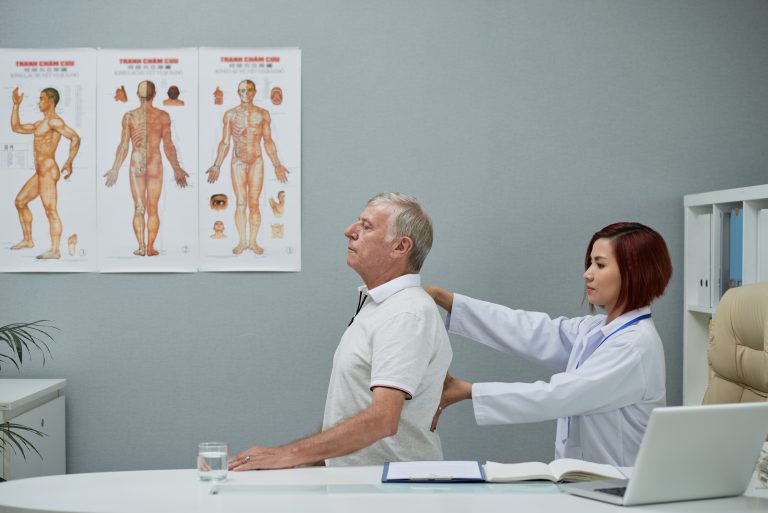Bulging discs, also known as disc protrusions, occur when the soft, gel-like center of a spinal disc pushes outwards against its outer ring, but without breaking through it. While these discs can cause mild discomfort, they can also lead to severe pain, numbness, and limited mobility when they press on surrounding nerves. Spinal decompression offers an effective non-surgical approach to treat bulging discs, allowing patients to achieve relief and return to their normal lives.
Understanding Spinal Decompression Therapy
Spinal decompression is a non-invasive procedure that involves the use of a specialized table designed to stretch the spine. By gently pulling apart the vertebrae, the treatment creates negative pressure within the spinal discs, allowing the bulging disc material to retract, alleviating pressure on the nerves. This process can significantly reduce pain and inflammation while promoting the healing of the disc itself.
How Bulging Discs Develop
Spinal discs act as shock absorbers between the vertebrae, providing flexibility and support to the spine. However, over time, they can wear down due to factors like:
- Aging: As we age, spinal discs lose water content and become less flexible, making them more prone to bulging.
- Injury: Trauma from falls, sports, or accidents can cause discs to bulge.
- Poor Posture: Sitting or standing incorrectly puts extra strain on the spine, increasing the likelihood of disc problems.
- Repetitive Motion: Activities that involve repetitive bending, twisting, or lifting can lead to disc degeneration over time.
Benefits of Spinal Decompression for Bulging Discs
- Pain Relief: By reducing pressure on the nerves, spinal decompression can alleviate pain in the back, neck, and even extremities.
- Non-Invasive Treatment: Unlike surgical interventions, decompression therapy does not require any incisions or anesthesia, minimizing risks and recovery time.
- Improved Disc Health: The negative pressure created during therapy helps improve circulation, promoting the delivery of nutrients and oxygen to the affected disc, which can enhance its natural healing process.
- Better Mobility: Patients often report improved range of motion and flexibility following treatment, allowing them to return to daily activities without discomfort.
What to Expect During Spinal Decompression
A spinal decompression session typically lasts between 30 to 45 minutes. During the procedure:
- Patient Positioning: You’ll lie on a decompression table and be fitted with a harness around the pelvis and another around the trunk.
- Controlled Stretching: The table then gently stretches and relaxes the spine in a controlled manner, creating negative pressure within the spinal discs.
- Relaxation: Most patients find the treatment comfortable and relaxing. You may feel a gentle stretching sensation, but it is generally not painful.
After the session, some patients may feel immediate relief, while others may require several sessions before noticing significant improvements. Most treatment plans include around 15-20 sessions over a period of several weeks, depending on the severity of the condition.
Complementary Therapies to Enhance Recovery
While spinal decompression is effective on its own, combining it with other therapies can improve outcomes, particularly for those with chronic or severe cases of bulging discs. Some complementary treatments include:
- Chiropractic Adjustments: By realigning the spine, chiropractic adjustments can help maintain the improvements achieved through spinal decompression.
- Physical Therapy: Targeted exercises can strengthen the muscles surrounding the spine, providing additional support and stability to prevent future disc problems.
- Massage Therapy: Regular massage can reduce muscle tension, alleviate pain, and improve overall circulation, which can be beneficial for spinal health.
Who is a Candidate for Spinal Decompression?
Spinal decompression therapy is generally recommended for individuals with bulging discs, herniated discs, degenerative disc disease, or sciatica. However, it may not be suitable for everyone. People with certain conditions, such as severe osteoporosis, spinal fractures, or tumors, should consult with a healthcare provider to determine the best course of action.
If you’re experiencing chronic pain due to a bulging disc and are looking for a non-surgical solution, spinal decompression could be a viable option. Spinal Recovery Center in Warren, Michigan, offers spinal decompression therapy and other treatments to help alleviate pain and improve quality of life. Our facility is conveniently located near neighboring cities such as Sterling Heights, Madison Heights, and Troy, making it accessible to residents throughout the region.
Why Choose Spinal Recovery Center?
At Spinal Recovery Center, we prioritize patient-centered care, using advanced techniques to help patients manage pain and enhance their overall spinal health. Our experienced team provides personalized treatment plans based on each individual’s specific condition and needs. Whether you’re dealing with a bulging disc, sciatica, or general back pain, our goal is to help you achieve long-lasting relief.
Contact Spinal Recovery Center
For more information on how spinal decompression can help with bulging discs, or to schedule a consultation, reach out to Spinal Recovery Center. We’re located in Warren, MI, and proudly serve the surrounding areas, including Sterling Heights, Royal Oak, and Clinton Township.
- Address: 2243 East 12 Mile RoadWarren, Michigan 48092
- Phone: (586) 573-8100
- Website: spinalrecoverycenter.com
Don’t let a bulging disc hold you back. Contact Spinal Recovery Center today and take the first step toward a pain-free life.




